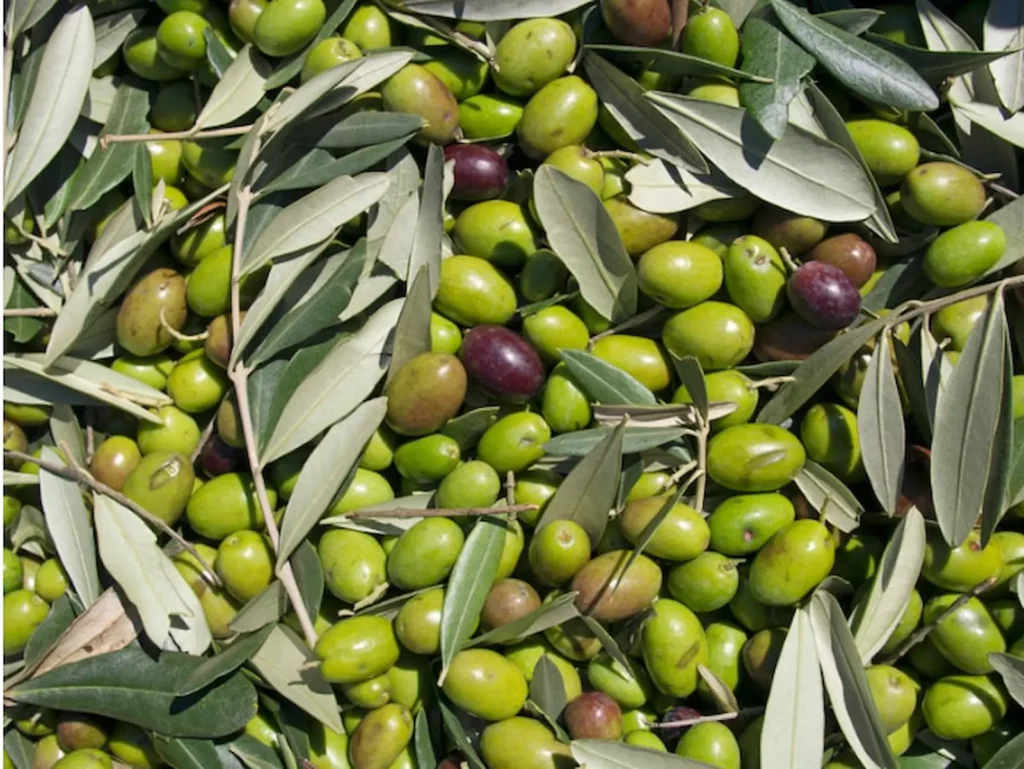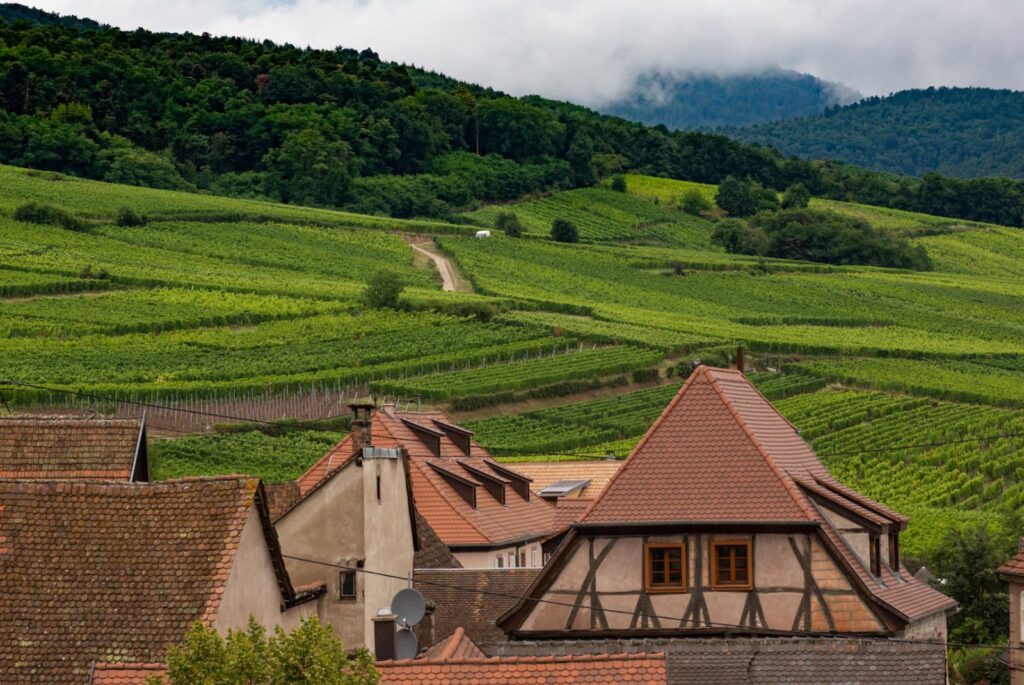I traveled to Istanbul, Turkey this June (truly a bucket list destination for me) and while I only spent a few days there, I was on the search for Turkish wine.
Personal Context
When I was completing my global wine studies certificate at IAU, Aix-en-Provence earlier this year, one of my courses was about the the history of wine production and consumption in the Mediterranean. As a result, I had my first exposure to Turkish wine — one of the oldest wine-producing regions in the world.
Following this program, I spent time visiting family in Amsterdam, where I stumbled upon a wine store specialising in Turkish wines, Güney’s Delights. Based on a recommendation, I tried Akberg Büyükbağ Erciş Karası (2021) which I’ll later discuss in more detail but it was another reminder of what I deemed the untapped potential of Turkish wines.
Historical Context
The reason Turkish wines, as well as wines from the Caucuses and the Levant region, are so fascinating to me is that this region is considered the birthplace of wine. The oldest evidence of wine production is traced to modern-day Georgia between 7,000 and 11,000 years ago. From there, it spread around the Mediterranean and eventually the rest of the world. In fact, there is a theory among some experts that human societies transitioned from nomadic to sedentary civilisations because they were motivated by the cultivation of fermentable crops.
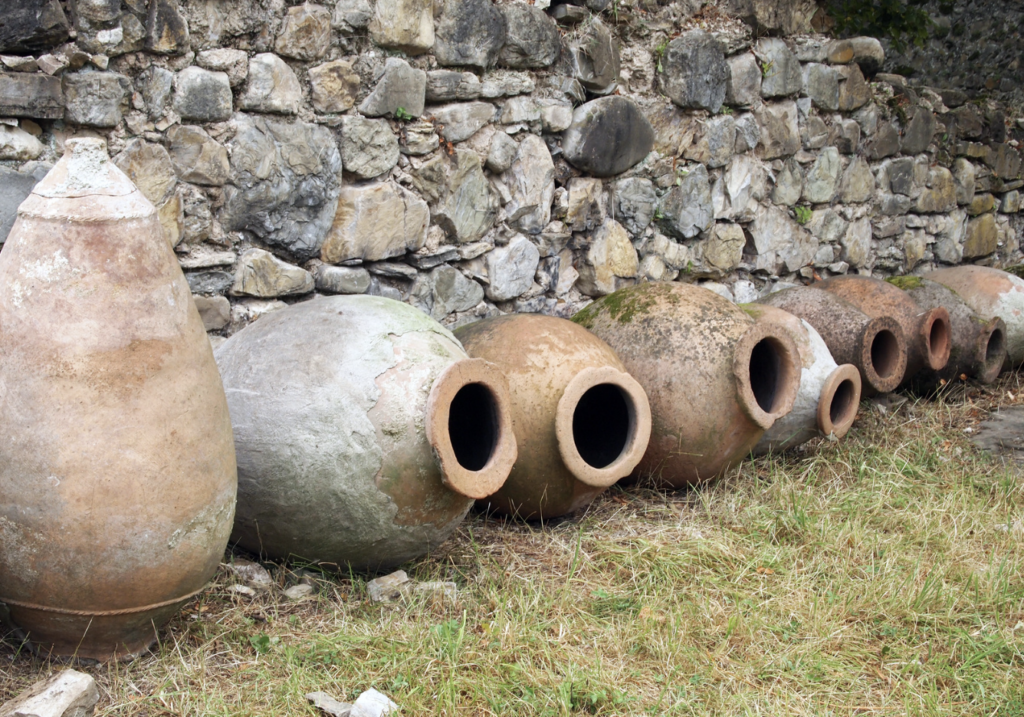
Ancient winemaking clay vessels called Qvevri or Kvevri.
These would often be buried to regulate the temperature of fermentation.
From modern-day Georgia
Indigenous Grapes
While domesticated grapes have grown in Turkey since around the fifth millennium BCE, the earliest evidence of wine production in Turkey is about 7,000 years old. As a result, Turkey is currently home to some of the oldest recorded indigenous grape varieties. “Indigenous grape varieties” refers to the varieties that have co-evolved with the region, with its soils, climate, and environmental conditions – these are grapes that thrive in their native regions, leading to better quality grapes and often better wines.
Since I began my wine studies this year, the existence of Indigenous versus international grape species and wine styles has fascinated me. Specifically, I am intrigued by the utilisation of indigenous grapes for the production of complex, elegant wines with unique flavour profiles. On my journey to learn and understand the world of wine, learning about lesser-known regions and grape varieties has been high on my list.
Turkey, specifically, has around 800 indigenous grapes, with the fifth largest vineyard space in the world. However, only about 30 varieties are used for wine production, while the others are largely consumed as table grapes or raisins. I won’t delve into all 30 wine varieties but I’ll delve into several grapes I’ve had the chance to try.
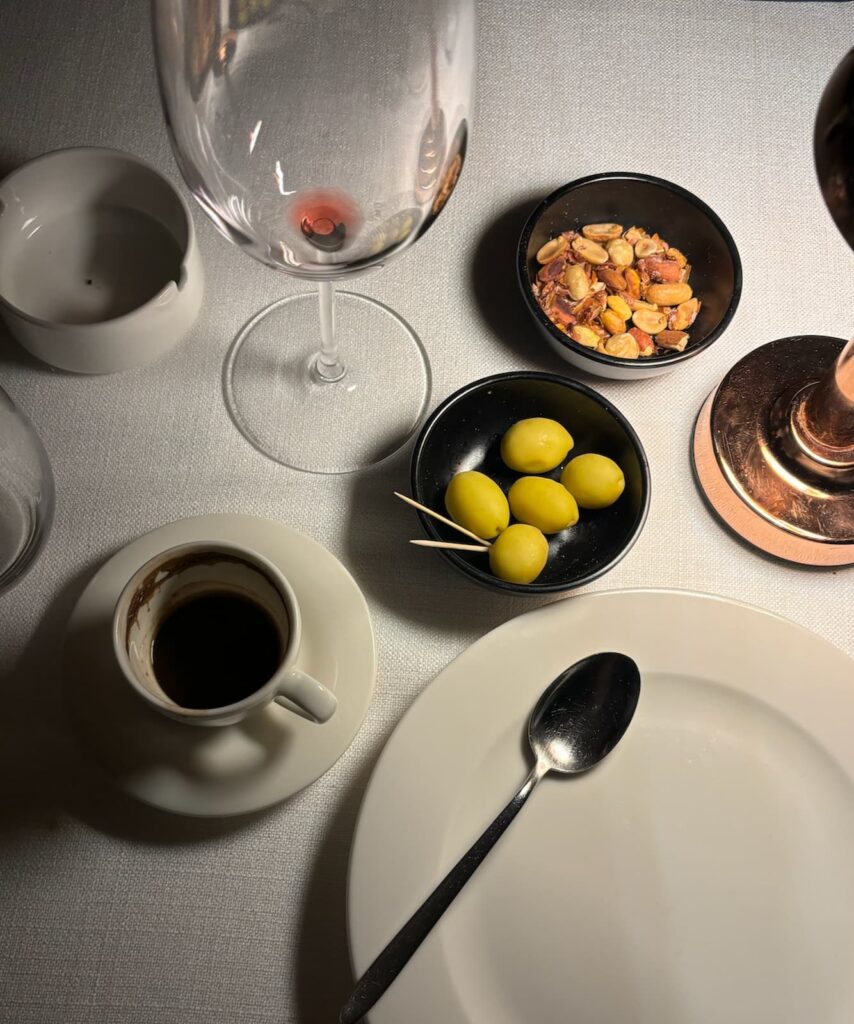
A glass of Kalecik Karasi with salted nuts and green olives
Followed by a Turkish coffee
Exploring Turkish Grapes
Narince:
- Narince typically has a medium body and notable acidity, and often has notes of lemon, grapefruit, and pineapple, with some light floral aromas. This is the most widely grown white wine grape in Turkey, which can also be attributed to the fact that its leaves are used to produce dolma, or stuffed grape leaves, which are incredibly popular (and delicious). The widespread production of Narince serves as a great example of how the cultures of food and wine can intersect.
- Pairing: Because of its notable acidity and citrus characteristics, Narince would pair beautifully with delicate seafood, including seabass, trout, shellfish, or sushi. In addition to Turkish cuisines, consider pairings with Thai dishes, especially with flavours of lemongrass or citrus – the wine’s acidity and body create a delightful balance.
Emir:
- Emir is associated with a distinct tart, citrus flavour with floral aromas, minerality, and crisp acidity. I tasted a wine that blended Emir and Narince, which I found worked beautifully as the Emir complements the flavours of Narince while adding body to the light, crisp white wine.
- Pairing: Emir is typically lighter than Narince, often more tart and with more present minerality. The minerality and tartness would pair well with briny oysters or ceviche. Narince would complement tangy and salty goat cheeses or feta, but Emir’s more delicate, mineral flavours would pair well with some mild soft cheeses, such as La Tur, an incredible mixed-milk Italian cheese.
Muscat:
- There are several varieties within the Muscat grape family. In wine production, two of the most notable varieties are Muscat Blanc à Petits Grains and Muscat of Alexandria. Muscat, also known as Moscato or Moscatel, is considered an international grape variety, today being found around the world in France, Italy, Spain, and Portugal, each with unique expressions. However, its roots have been traced first to Anatolia from which it spread across the Mediterranean, which is why I am choosing to include it here. One academic journal found the genetic information of ‘Muscat of Alexandria’ matches Anatolian grape varietal groups, serving as evidence of its origins.
- Muscat is a grape I personally love because I love floral, aromatic white wines. Muscat is often associated with notes of jasmine, orange blossom, mandarin, and tropical fruits like mango and lychee (truly magnificent).
- Pairing: Muscat is often associated with tropical flavours, making it a stellar pairing with East Asian dishes which feature ingredients like black sesame, soy, peanuts, or ginger, for example. Muscat paired with blue cheeses makes for an incredible pairing, as the acidity balances the creaminess, and the fruity, sweet flavours balance the pungency of cheeses such as Fourme D’Ambert or Stilton. Consider whether your Muscat is dry, off-dry, or sweet, as each will offer a different experience.
Kalecik Karasi:
- This grape is associated with notes of red cherry, strawberry, cloves, and black pepper.
- I tasted the Doluca DLC Kalecik Karasi which was beautiful – a medium red wine, with a presence of ripe cherries on the aroma and palate, red berries, and notes of leather, with pleasantly integrated tannins. It was ripe, balanced, and elegant, and I loved the subtle flavours of leather which added a lovely complexity.
- Pairing: Kalecik Karasi would complement cooked meats, such as roasted lamb or beef stews. Consider pairing this with Morrocan Tagine or barbecued dishes, where it would balance sweet and savoury characteristics. This wine could add an intriguing complexity to mushroom-based dishes as well.
Boğazkere:
- Boğazkere tends to have intense tannins and medium acidity, creating wines with great aging potential. It is associated with notes of black cherries, and blackberries, with accents of mocha, anise, and baking spices.
- I tasted the Prestige Kavaklidere Boğazkere Diyarbakir (2018). When I read about this grape and learned of its nickname “throat burner,” I can’t lie I was nervous to try it. I tasted a 2018 vintage, so while it still could age and develop further, I was incredibly impressed by this wine. It was medium-bodied with tastes of black cherries and blackberries, violet, some mocha, and light oak which accentuated the earthiness – this was another incredibly memorable, elegant red wine.
- Pairing: Boğazkere is bodied and robust, making it a fantastic pairing with game meats, such as venison or duck, as well as steaks, lamb shanks, or brisket. Pairing Boğazkere with Reypenaer Vsop Aged Gouda would make for a bold, sophisticated, and memorable pairing, as this Dutch cheese has been aged for 24 months with notes of caramel and coffee.
Erciş Karası
- These grapes tend to produce medium-bodied, low-tannin wines with a medium-high acidity level. They have a beautiful ruby color, with full red fruit tastes on the palate.
- I tasted Akberg Büyükbağ Erciş Karası (2021) in Amsterdam earlier this year from Güney’s Delights. This wine had an initial taste of cooked fruit, followed by notes of ripe cherry, blackberry, and plums. It had a medium finish with a round mouthfeel, balanced acid, and smooth, well-integrated tannins. It was beautiful to sip with friends on a spring evening.
Finding Turkish Wine
Turkish wines are not always easy to find. However, a growing number of importers and online distributors are making them accessible in Western Europe, the United Kingdom, and the United States, both on and off trade. Turkish wines are often underrepresented, despite the long history of wine in Anatolia. Even when I was in Istanbul, on many wine lists, I found local wines were relegated to the back, after pages of imported French, Italian, and New World styles. However, with a growing number of wine enthusiasts beginning their quests for unique or historically significant wines, Turkish wines may soon receive due consideration and renewed appreciation.
The history of wine production and consumption in this region is considerable and complex, but I hope I’ve been able to provide some context and spark your interest in exploring the wines of Turkey. Trust me, there are countless wine regions to explore!
Happy Sipping!
Arni
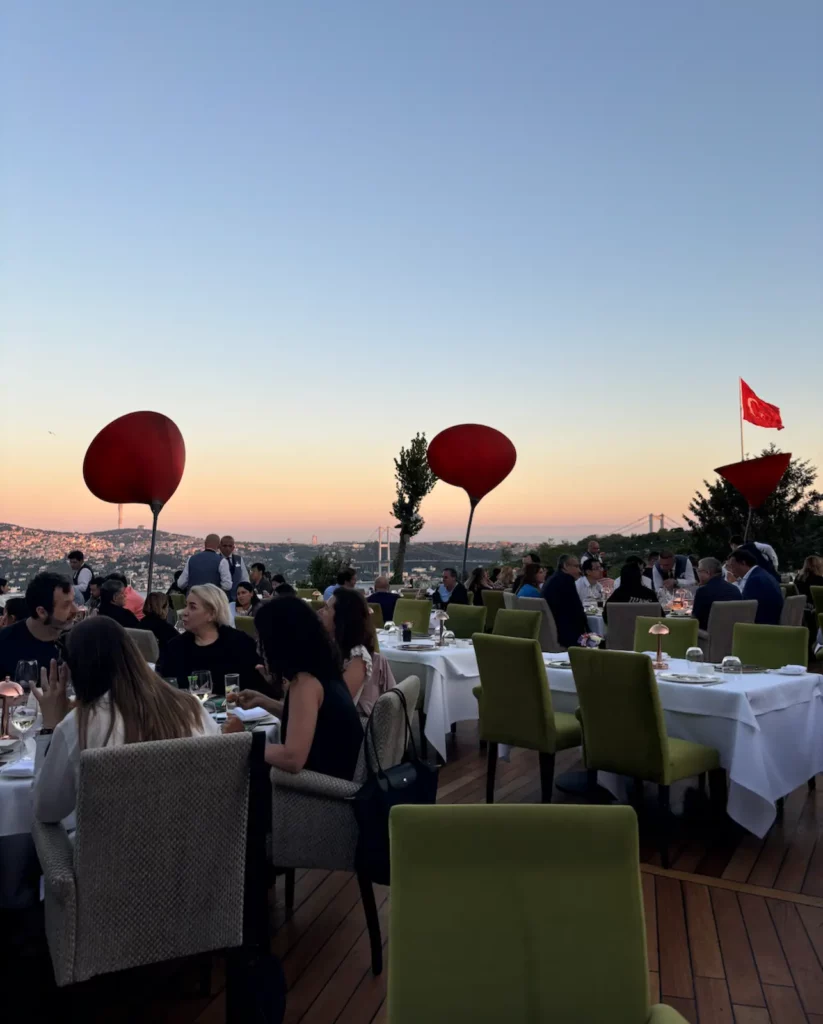
The most stunning rooftop I visited in Istanbul

